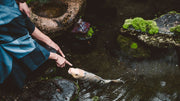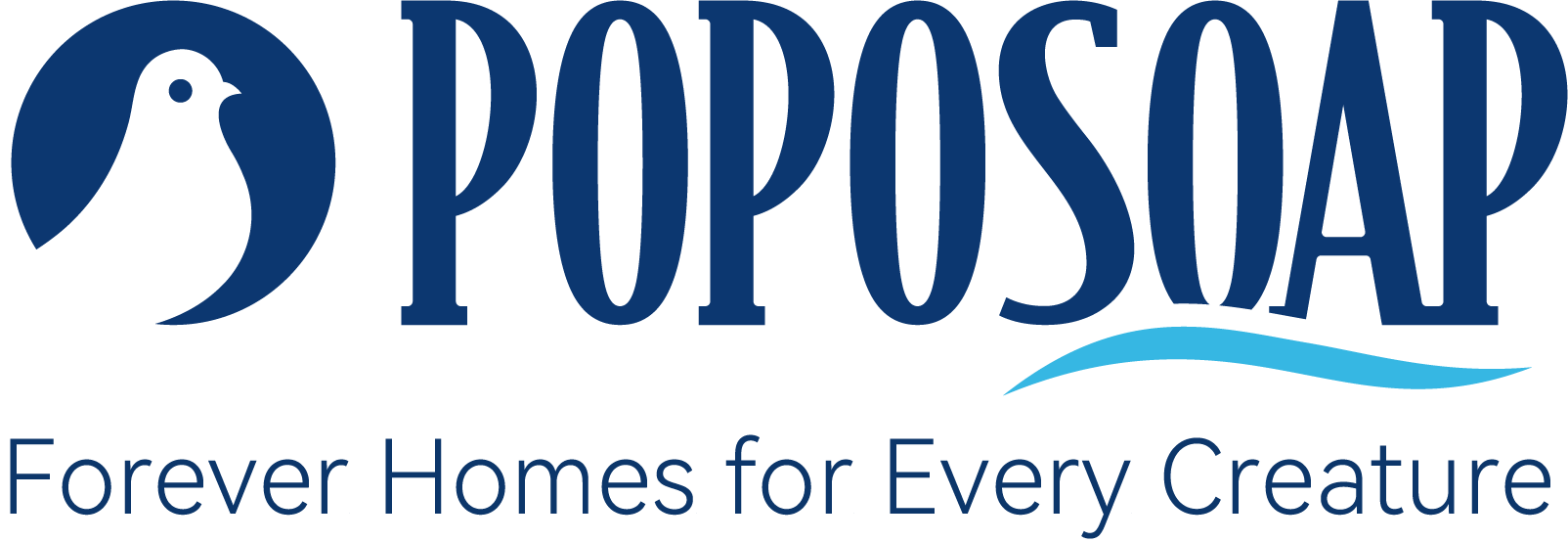
Standing beside a mirror-still pond should feel like a micro-vacation—ripples of color, gentle water music, maybe a dragonfly drifting by. Yet clear water can turn green overnight, fish that begged for pellets yesterday can start gasping, and predators seem to arrive the minute you relax. Knowing the five problems most likely to sabotage your koi pond care—and fixing them fast—keeps that backyard retreat running on autopilot. Below you’ll find practical, product-backed solutions that draw on Poposoap’s solar pond filtration, pond aeration, and pond lighting systems, so even off-grid ponds stay healthy without tangled extension cords or sky-high electric bills.
Caring for Koi Means Preventing Common Pond Problems
Great koi pond care is 90 percent prevention. Stable water quality, plentiful oxygen, and balanced feeding stop disease before it starts. If you wait until fish flash or algae blooms, you’re already playing catch-up. Use the following checklist as a proactive routine, not a fire-drill.
Problem 1: Poor Water Quality

Symptoms
Cloudy or green water, ammonia / nitrite readings above zero, sluggish fish, clamped fins.
Root causes
Over-stocking, undersized filtration, decomposing leaves, uneaten food.
Solutions
- Install a Poposoap Solar Pond Filter Kit matched to at least total pond volume every two hours. The multi-stage box packs coarse foam for waste capture plus ceramic bio-media that convert toxic ammonia into harmless nitrate—no power outlet required.
- Rinse filter foams in pond water bi-weekly; replace carbon every six weeks.
- Net out sludge or vacuum the bottom each month.
- Add floating plants (water lettuce, hyacinth) to soak up excess nutrients.
Problem 2: Overfeeding

Symptoms
Oily slick, thick foam, fish that spit pellets and sift the bottom for hours.
Root causes
Feeding more than fish can finish in three minutes; high-protein diets during cool weather.
Solutions
- Feed at water temperatures above 55 °F (13 °C) only, switching to wheat-germ formulas in fall.
- Observe “three-minute rule”, net excess food afterward.
- For vacation periods, use a slow-release veggie ring or simply skip feeding for two to three days—healthy koi will browse algae.
Problem 3: Lack of Oxygen

Warm water holds less dissolved O₂, and heavily stocked ponds can crash after midnight when plants consume oxygen.
Symptoms
Koi hovering under waterfalls, piping near the surface, sudden morning deaths.
Solutions
- Snap a Poposoap Solar Pond Aerator onto a floating raft; its 2200 mAh battery keeps micro-bubbles rising even while passing clouds.
- Add a floating or anchored Poposoap solar powered water fountain; models from 10 W to 35 W deliver 120–340 GPH plumes that break surface tension and drive oxygen deep.
- Position air stones mid-water, not on the bottom, to avoid chilling the thermal refuge during winter.
Consistent aeration is the hidden hero of long-term koi pond care—fish stress plummets when O₂ stays above 6 mg/L.
Problem 4: Predator Attacks

Symptoms
Missing fish, scraped scales, heron footprints, raccoon-trampled plants.
Solutions
- Provide depth: 90 cm (3 ft) wells are hard for wading birds.
- Create surface disturbance with a Poposoap solar powered floating fountain; predators dislike moving reflections.
- Install motion-triggered sprayers or string monofilament lines at the waterline.
- Offer caves or overhanging shelves where koi can dart to safety.
Problem 5: Algae Overgrowth

Green water and string algae thrive on light + nutrients. Left unchecked, die-off can strip oxygen overnight.
Solutions
- Ensure filter media aren’t clogged; good flow starves algae.
- Shade 60 percent of the surface with lilies or floating planters.
- Use a Poposoap Waterfall Spillway Kit to re-oxygenate and keep water circulating through UV-blocking depths.
- Dose beneficial bacteria and barley straw as natural checks.
When water turns emerald, address nutrients—don’t reach for harsh algicides that trash bio-filters.
Bonus: Seasonal Pond Fish Care Tips

Spring – Restart pumps, remove winter debris, check pH / KH, and rebuild filter bacteria with starter cultures.
Summer – Top up evaporation with de-chlorinated water; use floating shade sails if temps exceed 86 °F (30 °C).
Fall – Net the pond before leaves drop; switch to low-protein feed at 60 °F (15 °C).
Winter – Move pumps 30 cm off the bottom to preserve warm layers; keep a Poposoap solar powered water fountain running on low to maintain a gas-exchange hole in ice.
Working with—not against—seasons keeps koi immune systems resilient.
Final Tips to Keep Koi Healthy Year-Round
- Test don’t guess—weekly strips for ammonia, nitrite, nitrate, and pH catch drama early.
- Right-size everything—filtration, aeration, and stocking density should grow as fish grow.
- Leverage solar tech—Poposoap’s daylight-powered pumps, filters, and RGB pond lights run where outlets can’t, slashing bills and hazard cords alike.
- Observe your fish—clamped fins or shy behavior signal trouble days before water readings swing.
- Schedule maintenance—five minutes daily skimming debris beats five frantic hours fixing a crash.










